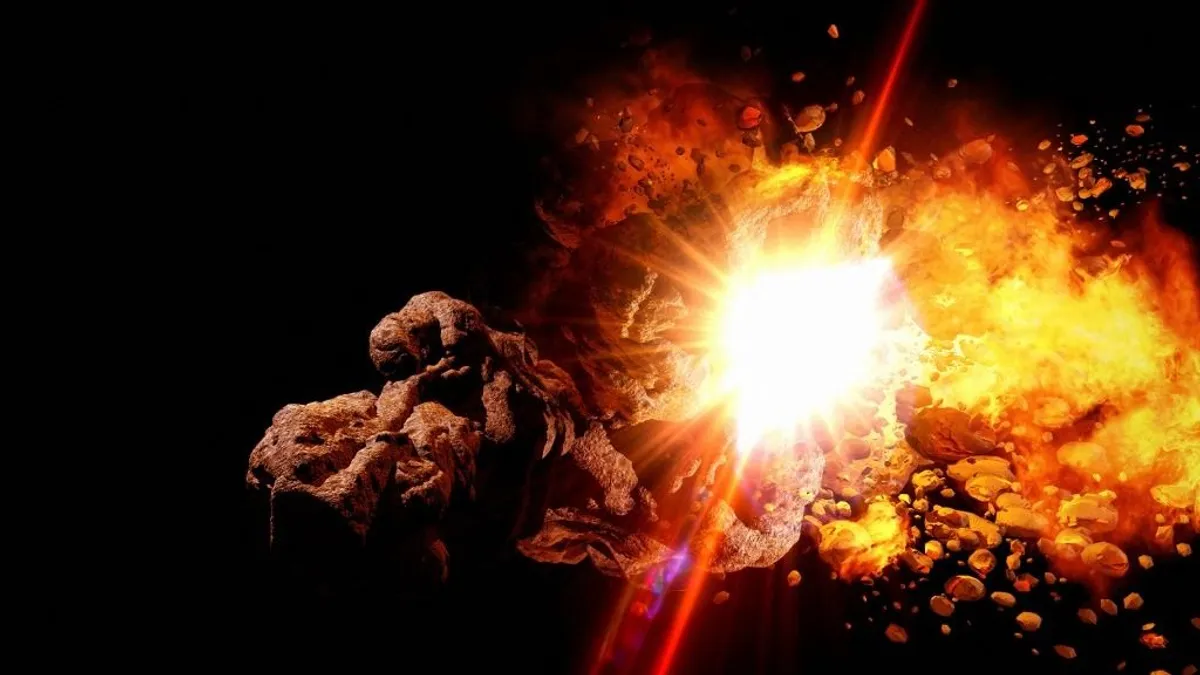The researchers recently published in the journal Deep Space Exploration. In the study They explained their plans: The test mission could take place before 2030, and the target will be an asteroid with a diameter of about 30 meters.
Image: Science Photo Library via AFP
According to the research team, the planned spacecraft will consist of two parts: an “observer and an impactor,” which are scheduled to be launched together.
The observation probe will arrive first, and will orbit the asteroid for three to six months while it analyzes it. Then the impact probe will arrive, and based on the data collected by the observation spacecraft, destroy the asteroid by impact.
NASA has already proven that it is not impossible to divert asteroids.
NASA recently tested its planetary defense system; the biggest result was the hit of the asteroid Dimorphos in 2022, when a spacecraft called DART flew into the 170-meter-wide asteroid. As a result of the impact, the space rock was not destroyed, but its shape, trajectory, and orbital period were changed. The US space agency announced the success of the mission.
But the measures to protect the Earth do not end here, as NASA has developed a new space telescope; the Near Earth Object Surveyor (Here, NEO stands for Near Earth Object) It will be sent into space in June 2028, and its mission will be to detect potentially hazardous objects.
Several large asteroids have already been discovered.
Near-Earth objects (NEOs) are asteroids and comets whose orbits bring them closer to the Sun than 195 million kilometers (120 million miles). Most NEOs are asteroids, and their sizes range from a few meters to nearly 40 kilometers (25 miles) in diameter.
Astronomers have so far discovered more than 15,000 near-Earth objects, and the number is expected to increase in the future. According to estimates, there may be millions of space rocks near our home planet.
According to calculations, the collision of objects with a diameter of 140 meters or more would cause a global catastrophe, which is why these space rocks are mainly monitored by global space agencies. About 800 objects larger than one kilometer have been found, but about 200 objects remain undiscovered.












































